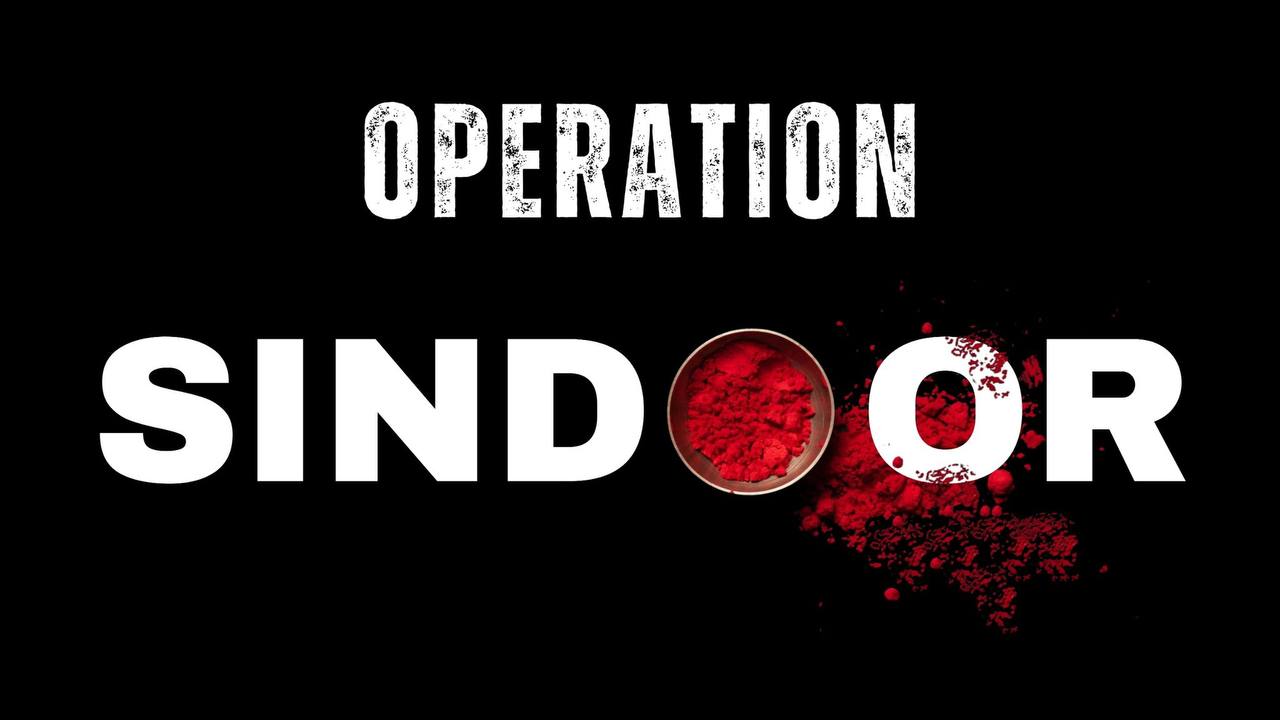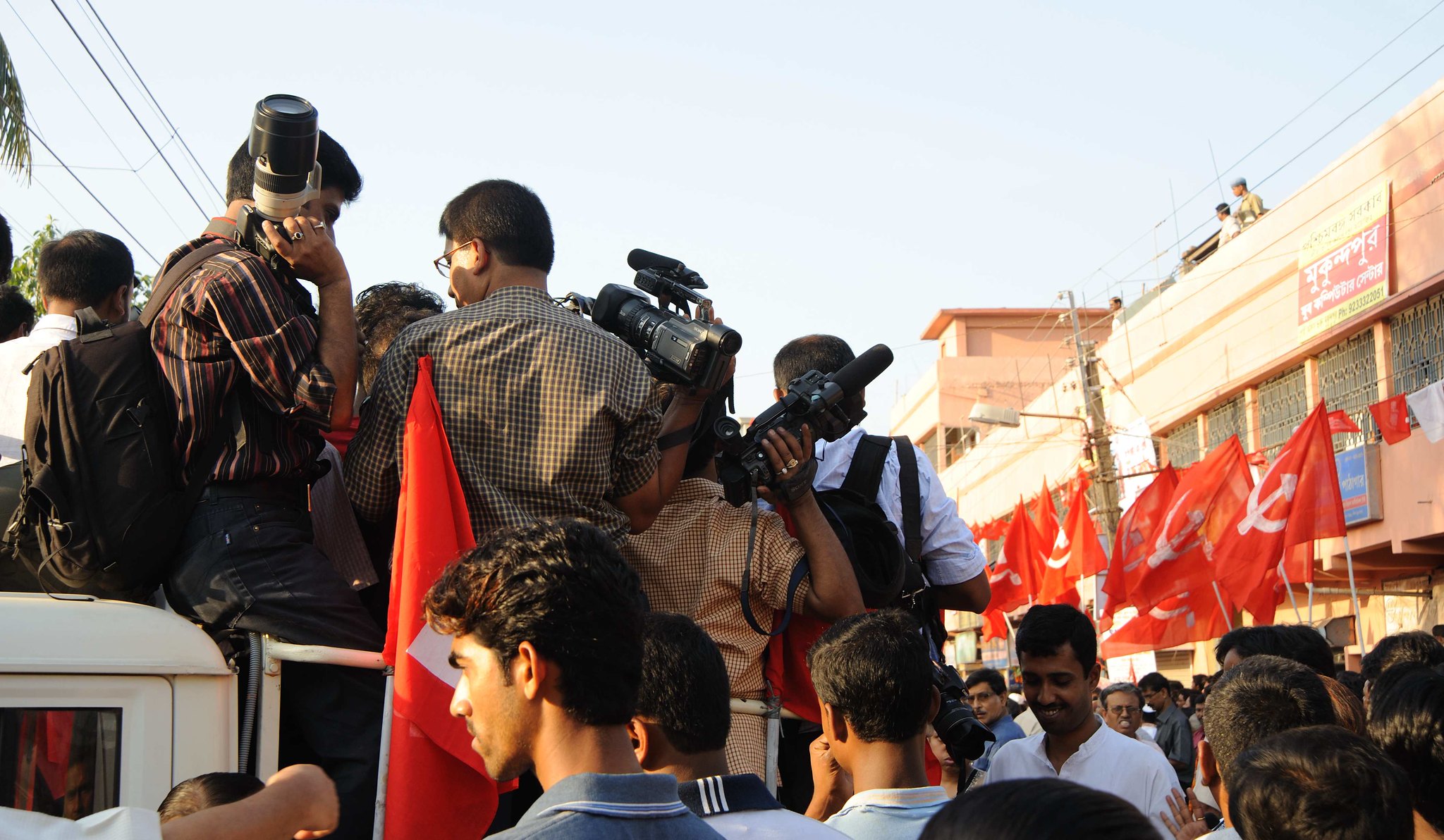Operation Sindoor: India exercised its right to act on terror, hitting terrorist infrastructure in Pakistan and Pakistan-occupied Jammu and Kashmir.
The Indian Armed Forces on Wednesday (May 7, 2025) launched ‘Operation Sindoor’, hitting terrorist infrastructure in Pakistan and Pakistan-occupied Jammu and Kashmir, a government release read. “No Pakistani military facilities have been targeted,” the statement added. However, the terror camps said to have been targeted are linked to various banned outfits, including Lashkar-e-Taiba (LeT), Jaish-e-Mohammed, and Hizbul Mujahideen, according to probe agencies.
“Focused strikes were carried out on nine terrorist infrastructure sites in Pakistan and Pakistan-occupied Jammu and Kashmir, targeting the roots of cross-border terror planning,” said the Ministry of Defence on X.
The Pakistan Army resorted to heavy mortar shelling on forward villages along the Line of Control (Loc) in Poonch and Rajouri. Officials said the shelling was reported from Krishna Ghati, Shahpur and Mankote in Poonch, Laam, Manjakote and Gambeer Brahmana in Rajouri district.
Operation Sindoor: Commercial flights suspended in northern parts of India
The missiles struck locations in Pakistan-administered Kashmir and the country’s eastern Punjab province.
Al Jazeera’s Kamal Hyder, reporting from Islamabad, said the cities of Muzaffarabad and Kotli, both in Pakistan-administered Kashmir, were among the targets of the Indian strikes.
“Pakistani Defence Minister Khawaja Asif, speaking to a foreign TV network, confirmed that at least five Indian aircraft have been shot down and that several Indian soldiers have been taken prisoner,” Hyder said.
“Pakistan said that it would respond to any Indian attack against Pakistan, and Pakistan is now responding to that Indian attack,” he said.
As you are all aware, on April 22, 2025, Pakistani and Pakistan-trained terrorists belonging to the Lashkar-e-Taiba carried out a savage attack on Indian tourists at Pahalgam in Jammu & Kashmir in India. They murdered 26 people, including one national of Nepal, causing the largest number of civilian casualties in a terrorist attack in India since the 26th November 2008 attacks in Mumbai.
The attack in Pahalgam was marked by extreme barbarity, with the victims mostly killed with head-shots from close range and in front of their families. Family members were deliberately traumatised through the manner of the killing, accompanied by the exhortation that they should take back the message.
The attack was clearly driven by the objective of undermining the normalcy returning to Jammu & Kashmir. In particular, it was designed to impact the mainstay of the economy, tourism, with a record 23 million tourists visiting the valley last year. The calculation, presumably, was that harming growth and development in the Union Territory would help keep it backwards and create fertile ground for continued cross-border terrorism from Pakistan.
The manner of the attack was also driven by an objective of provoking communal discord, both in Jammu and Kashmir and the rest of the Nation. It is to the credit of the government and the people of India that these designs were foiled.
A group calling itself The Resistance Front (TRF) has claimed responsibility for the attack. This group is a front for the UN-proscribed Pakistani terrorist group, Lashkar-e-Taiba. Notably, India had given inputs about the TRF in the half-yearly report to the Monitoring Team of the UN's 1267 Sanctions Committee in May and November 2024, bringing out its role as a cover for Pakistan-based terrorist groups. Earlier, too, in December 2023, India had informed the monitoring team about LeT and Jaish-e-Mohammad operating through small terror groups such as the TRF. Pakistan's pressure to remove references to TRF in the April 25 UN Security Council Press Statement is notable in this regard.
Investigations into the Pahalgam terror attack have brought out the communication nodes of terrorists in and to Pakistan. The claims made by The Resistance Front and their reposting by known social media handles of the Lashkar-e-Taiba speak for themselves. Identification of the attackers, based on eyewitness accounts, as well as other information available to law enforcement agencies, has also progressed. Our intelligence has developed an accurate picture of the planners and backers of this team.













Recent Comments
No comments yet.